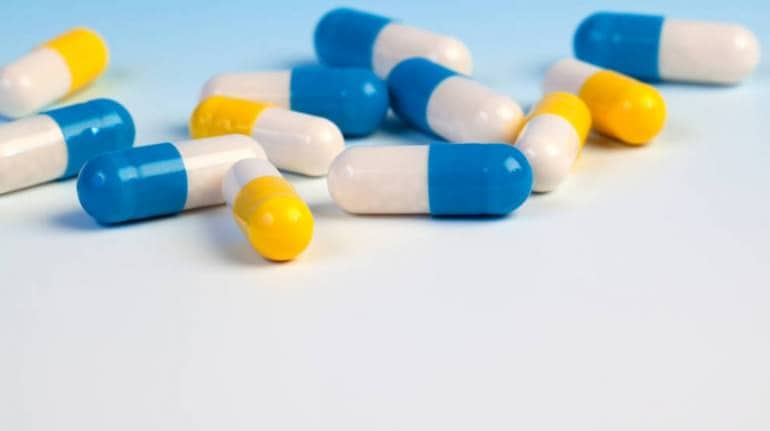



The price of medicines has been a sensitive subject in our country, where more than 55 million people are pushed into poverty every year due to out-of-pocket healthcare expenses.
Of the total out-of-pocket healthcare expenses, a little over 50 percent is spent on purchasing medicines alone. The affordability of medicines is a crucial element in availing medical treatment by all sections of the people, particularly by the poor of the country.
Price controls have become an important tool in government hands to make drugs affordable. According to data by AIOCD-AWACS, around 14 percent of drugs by value, and 25 percent by volume fall under price controls. India's pharmaceutical industry is worth Rs 1.36 trillion for the year that ended in September.
How are the prices of drugs regulated?Every few years, the Health Ministry, in consultation with experts, draws up a National List of Essential Medicines (NLEM).
These medicines, deemed essential for the treatment of common conditions, automatically come under price control under the Drug Price Control Order (DPCO).
Under NLEM 2015, the price of a total 376 drugs and 857 formulations are under price controls.
In addition, under Para 19 of the DPCO, 2013, the government has special powers to bring any item of medical necessity under price controls. This provision was used to regulate the prices of cardiac stents and knee implants.
The National Pharmaceutical Pricing Authority (NPPA), an independent body of experts in the Ministry of Chemicals and Fertilizers, enforces these prices and the availability of the medicines under the NLEM.
The DPCO follows a market-based pricing mechanism. The ceiling price is worked out on the basis of the simple average price of all brands having at least 1 percent market share of the total market turnover of that drug plus a notional 16 percent retailer's margin.
The ceiling prices of scheduled medicines will be allowed an annual increase as per the Wholesale Price Index as notified by the Department of Industrial Policy and Promotion. In case of non-scheduled medicines, while there is no price cap, but a price increase of 10 percent per annum is allowed.
Prior to 2013, the DPCO followed a cost-based pricing mechanism that was based on the costs involved in manufacturing a medicine along with reasonable profit margins. Health experts have argued that this policy resulted in comparatively lower prices than the current market-based policy.
Will there be any new changes?There are several conflicting reports in media in recent times about the government’s proposed drug price fixation policy, which has been in the works for quite some time. Some reports talk about imposing a blanket trade margin cap on non-scheduled formulations, while another mentions about exempting medicines from price control, whose prices are less than Rs 5. Nothing has been confirmed.
However, the government, since the implementation of the DPCO, 2013, has made certain departures from the market-based pricing mechanism.
It has imposed price ceilings and trade margin rationalization on cardiac stents and knee implant using special powers to act in public interest under Paragraph 19 of the DPCO. This year, it has also included dozens of cancer drugs under trade margin caps, reducing the prices dramatically.
The government in January had authorised NITI Aayog to recommend drugs that could be put under price controls.
The Standing National Committee on Medicines (SCAM), headed by the Secretary Department of Health Research and ICMR Director General Balram Bhargava, is drawing up a fresh NLEM after taking inputs from various stake holders including doctors, industry and the civil society, through consultations. There is also talk about delinking of NLEM from price control, and the NLEM will be harmonised with WHO's list of essential medicines.
Discover the latest Business News, Sensex, and Nifty updates. Obtain Personal Finance insights, tax queries, and expert opinions on Moneycontrol or download the Moneycontrol App to stay updated!
Find the best of Al News in one place, specially curated for you every weekend.
Stay on top of the latest tech trends and biggest startup news.